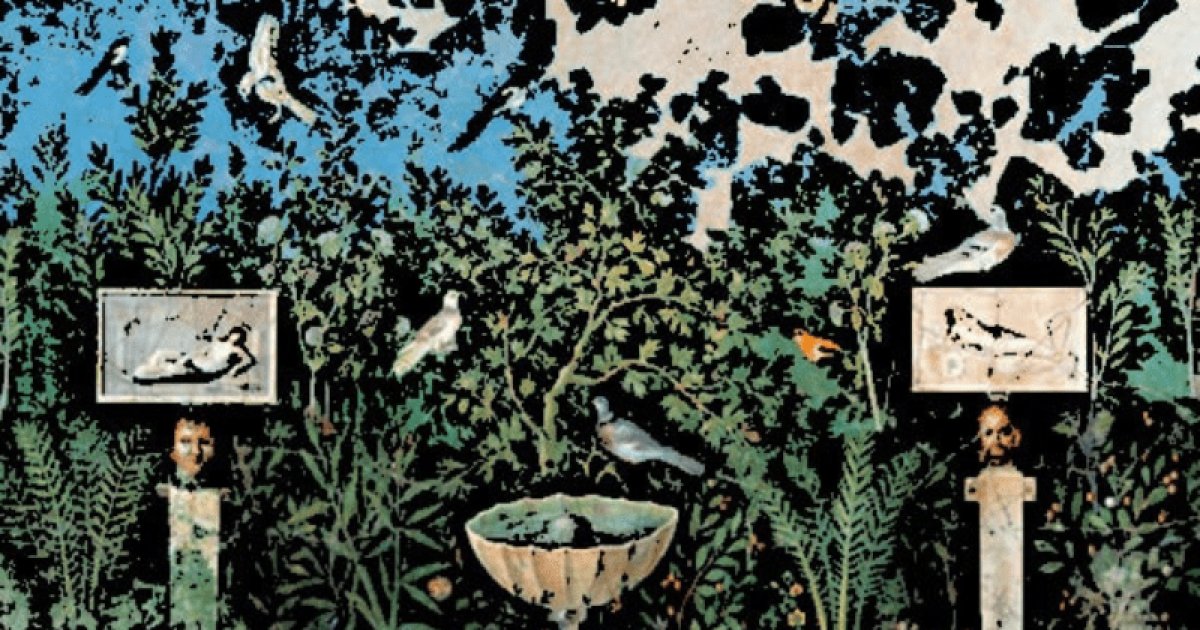HOUSES OF MARCUS RUFUS AND THE GOLDEN BRACELET-REGIO VII, Houses Of Marcus Rufus And The Golden Bracelet-Regio Vii
 Language: English / USA
Language: English / USA
You are in the area of Pompeii called Insula Occidentalis, an impressive complex of buildings covering some 6,000 square meters, located between Porta Marina and Porta Ercolano.
Here, the domus were built right next to the walls, even incorporating them, and projecting their extension outside the walls, with splendid rooms and gardens laid out in terraces sloping down towards the sea. In addition to magnificent green spaces adorned with fountains, these domus offered their owners and their guests the incomparable panorama of the Gulf of Naples.
The most interesting of these villas include that of Marcus Fabius Rufus, a descendant of the gens Fabia, an important patrician Roman family, and that of the Golden Bracelet, named after a precious jewel found inside it which weighs an impressive 610 grams and is now housed in the National Archaeological Museum in Naples.
These dwellings, unlike the other domus in Pompeii that were only two storeys high, were built on as many as four levels. Imagine how spectacular the large terraces overlooked by the rooms of the house must have been, embellished with beautiful mosaic floors and with stunning frescoes on the walls. How marvelous the large summer triclinia must have been! These were rooms where open-air banquets were held in fine weather, with beds made of masonry, where diners ate delicious food, comfortably lying down, while contemplating the landscape. On the back wall in the triclinium of the House of the Golden Bracelet there was even a niche with a splendid fountain reproducing a small waterfall, while in the front garden water gushed from brass nozzles arranged on the edge and in the center of a large basin.
A sad detail unites these two villas: the remains of victims were found inside both. In the one of Marcus Fabius Rufus, on the inside stairs, a man was found who, as it turned out by making a plaster cast of his body, was running when he died, while in the other a small child and two adults were found, together with the bracelet and several precious coins.
Here's an interesting fact: if you’re wondering why it was permitted to build these villas on top of a defensive structure, you should know that by 80 B.C. the walls of Pompeii had already lost their function, as the city had become part of the Roman Empire and around two thousand new settlers, mostly ex-legionaries, had settled here.



